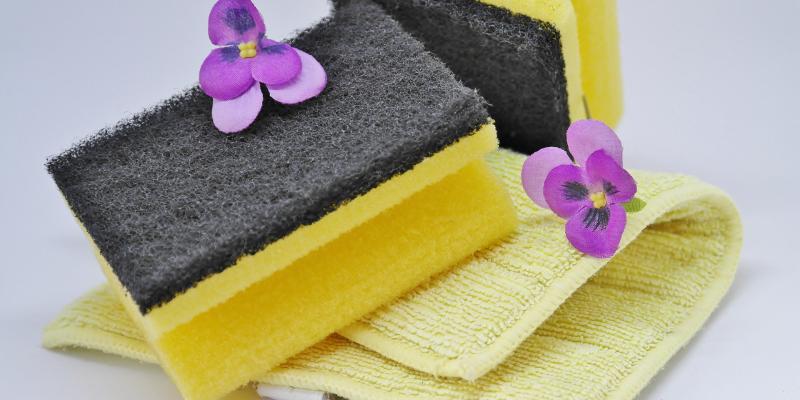A runny nose, coughing, shortness of breath, itch – these are but a few of the unpleasant symptoms experienced by an allergic coming into contact with an allergen. That is why we should do our best to make the sick person’s environment as free of allergens as possible – especially at home.
To achieve this, we must first find out what allergy we are dealing with.
House dust mite allergy: get rid of fabrics, wash your bed linen often
As far as house dust mite allergy is concerned, we must remember that these microscopic arachnids are drawn to warm and moist environments, while avoiding sun and freeze.
The Polish Allergology Society (PTA) suggest that people allergic to mite should get rid of fabrics such as upholstered furniture, carpets, curtains, bedspreads, etc. Another habitat for dust mite – soft toys – should be stored in plastic bags, washed and put in the freezer from time to time.
In the bedroom, which is the primary place for dust mite in the home, you should use sponge mattresses which can be dried in the sun in the summer and exposed to freezing temperatures outside in the winter. Bed linen should be washed at least once a week in a temperature of over 60 centigrade and synthetic duvets and pillows – every 4 to 12 weeks. An allergic should also use covers for duvets and pillows made of so-called barrier materials, which are not penetrated by dust mite allergens.
The place should be aired often and our hoover should be equipped with a special HEPA filter. Use a wet wipe to clean dust.
It is also important that the air in the room is rather dry (humidity around 40-45 percent) and cool (temperature below 22 centigrade).
Dust mite killers – e.g. sprays for fabrics - might also be used to aid the domestic war against those creatures.
Mould spores: avoid humidity
If we are allergic to mould spores, we must remember that, similarly to dust mite, they are present in humid, warm, and poorly-ventilated rooms. They also have fine conditions for growth behind wallpapers, under fitted carpets, in air humidifiers, air conditioners, potting mixes, on rotten parts of plants and rotting food remains.
That is why – as recommended by the PTA – you should ensure the good ventilation of bathrooms, kitchens and cellars, avoid air humidifiers, remove potted plants, empty the dustbin frequently, avoid storing perishable fruit, and store vegetables in the refrigerator.
Just as with house dust mite allergy, you should remember about washing and airing bed linen and regularly changing duvets and pillows. Research performed by scientists from the University of Manchester demonstrates that these are perfect environments for fungi.
The results, published in the “Allergy" journal, show that every pillow hides more than one million fungal spores. English scientists studied pillows used for 1.5 to 20 years – stuffed with natural and synthetic feather. In each of them they found 4 to 16 different species of fungi.
Pet allergies: bathe your pet once a week
In the case of pet allergies (to cats, dogs, hamsters, guinea pigs, rats, mice) the best choice is not to keep an animal at home at all. If you already have one, the PTA recommends that it should be bathed once a week. You should also ensure that the fur is not accumulated in soft upholstery or, for example, carpets.
If you are allergic to pollen there is only one thing you can do at home – sleep with windows closed.









Comments (0)